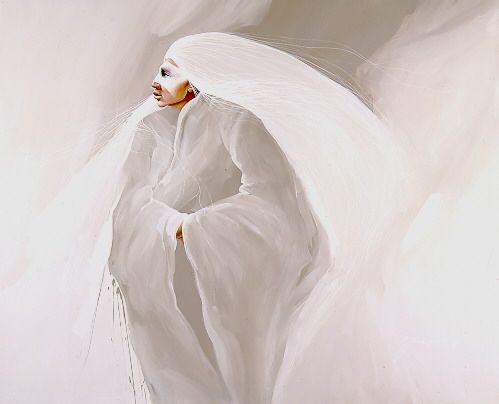By: Lynne Harlan
During most of the 20th century, Native People in America saw our image in popular culture as the conquered nation, as cartoons and as silent actors in our own history. Now in the 21st century, we have an opportunity to define our image and make our own statements about our lives. Undoubtedly this opportunity comes because of financial stability. The opportunity sounds, at first, like a chance for a new beginning, but a closer examination reveals that our picture of ourselves is quite varied.
For once, we have to determine which side of our family to portray. Do we show the destitute Native community of the last century, which has been used for countless charities designed to benefit our people? Do we show the proud warrior on the plains, which never really fit our culture or personality? Or do we show the way our community really is with all our frailties, strengths and quirks?
Our definition of ourselves is important, because it is how our youth expect us to behave and it is how our elders see themselves. It must also account for the mixed images we have of our community, like mascots, old and new western movies and contemporary cultural icons seen in pop phenomena like “The Simpsons.” Our new image must show us as contemporary people who understand contemporary issues.
We must examine our values and work to create a self-image which is positive, but leaves room for change and differing perspectives.
For years, our tourism industry has seen the dismay when our culture is not as the visitor perceived. Often we have been told that our genuine culture is not really “Indian.” Many visitors do not recognize our true culture because it is not one of feathers and beads or flashy dancing. The foods we eat are viewed with disdain because they are of a Euro-American fare, as though we should be shielded from cultural interaction, and even those who try our traditional foods are disappointed because they don’t like the bland flavor of a pre-contact menu.
Our image is inherently tied to the tourists who sustain our economy, but also must portray the community those visitors will find when they visit. We can no longer afford to have a generation which doesn’t see our people as contemporaries in modern America, and now is the time for the redefinition to begin.
Friday, September 28, 2007
Subscribe to:
Post Comments (Atom)





No comments:
Post a Comment